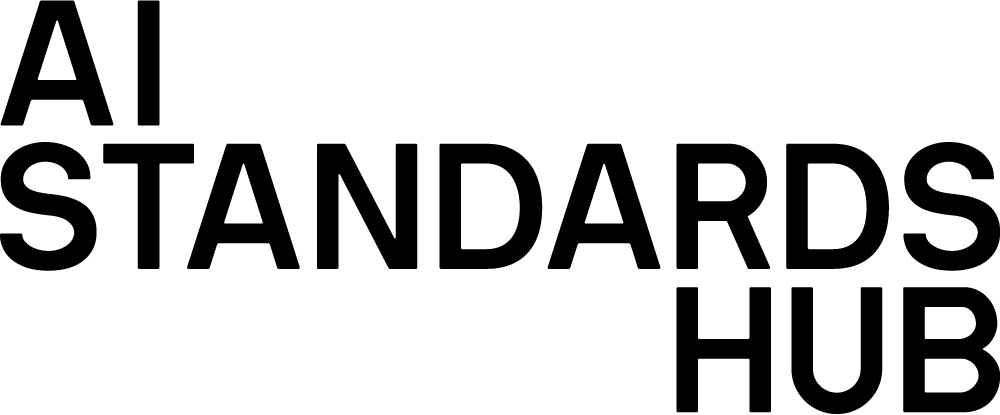Information technology. Software and systems engineering. Tools and methods for product line organizational management
Last updated: 18 Jul 2024
Development Stage
Pre-draft
Draft
Published
Scope
What is this standard about?
This document, within the methods and tools of organizational management for software and systems product lines:
— enables the users of this document to holistically understand, adopt and enact the processes, tools and methods for product line organizational management;
— helps the users evaluate and select relevant tools and methods based on business and userrelated criteria;
— helps make product line engineers, developers and tool vendors informed about?
capabilities of tools and methods that are required for supporting product line implementation from organizational aspects; and
— provides product line-specific processes and capabilities of tools and methods in organizational management.
This document concerns processes and capabilities of methods and tools for organizational management for a family of products, not for a single system.
NOTE System Architecture is a set of logical and physical principles used to achieve a mission within a given environment. Components that can be subsystems derived from System Architecture are: software products, human-based products such as crew or operators, or hardware products like mechanical structures, electronic boards and chemicals. The scope of this document spans from the system to subsystems and components. Both hardware-intensive and software-intensive systems are included, if they are part of a product family
© BSI 2022 All rights reserved
External Links
Let the community know
Categorisation
Key Information
Referenced standards: ISO/IEC 26562, ISO/IEC 14102, ISO/IEC 26559, ISO/IEC 26563, ISO/IEC 25000, ISO/IEC 26557, ISO/IEC 26560, ISO/IEC 26555, ISO/IEC 15940, ISO/IEC/IEEE 12207, ISO/IEC 26553, ISO/IEC 26550, ISO/IEC 26551, ISO/IEC 38500, ISO/IEC 26558, ISO/IEC/IEEE 15288, ISO/IEC 26552, ISO/IEC/TR 19759, ISO/IEC 26561, ISO/IEC 26554


